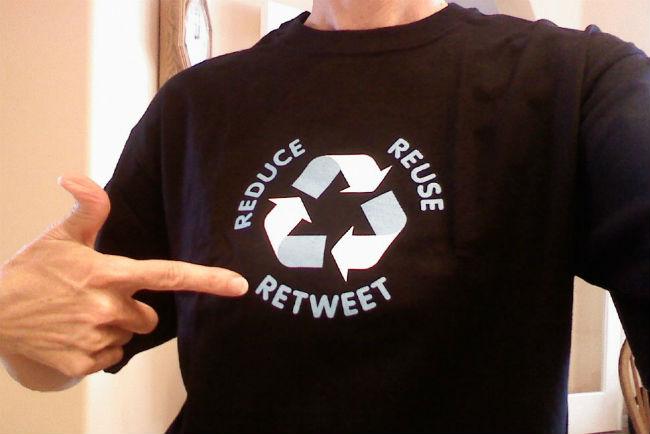
We all know that feeling: logging into Twitter, hitting up your interactions tab, and seeing … nothing. It’s always something of a let down, that you spent just a bit of time perfectly crafting your 140 character quips and choosing the right hashtags, and no one in the vast world of Twitter took any notice.

And not just any images; according to Zarella, those using Twitter’s built-in client were the most popular and increased the odds of a retweet by 60 percent. Instagram and Facebook-pushed pictures aren’t as popular, which makes sense given their lack of Twitter Card support.
If this isn’t enough for you, there’s also Hubspot’s RetweetLab app, which analyzes your own account to help you figure out why and when you personally get retweeted.

Haven’t cracked the code yet? Then Twitter’s own analytics might be able to help. The platform made analytics open to everyone relatively recently, and perusing your own could reveal a lot about why you are – or aren’t – getting retweets. In addition to seeing how many faves and retweets a tweet recieved, you can also see it’s reach; i.e., if something was seen by more users than most of your tweets, Twitter will give you the increased reach count. If there’s a link, you can see how many clicks it got.

In conclusion: Attach pictures via Twitter, determine the time of day and sentiment you should be using, and I’m going to advise you to take it easy on the hashtags – remember, there’s a sweet spot.
Editors' Recommendations
- Want better Twitter notifications? New keyword search alert could help
- Twitter now lets you easily see retweets with comments. Here’s how


